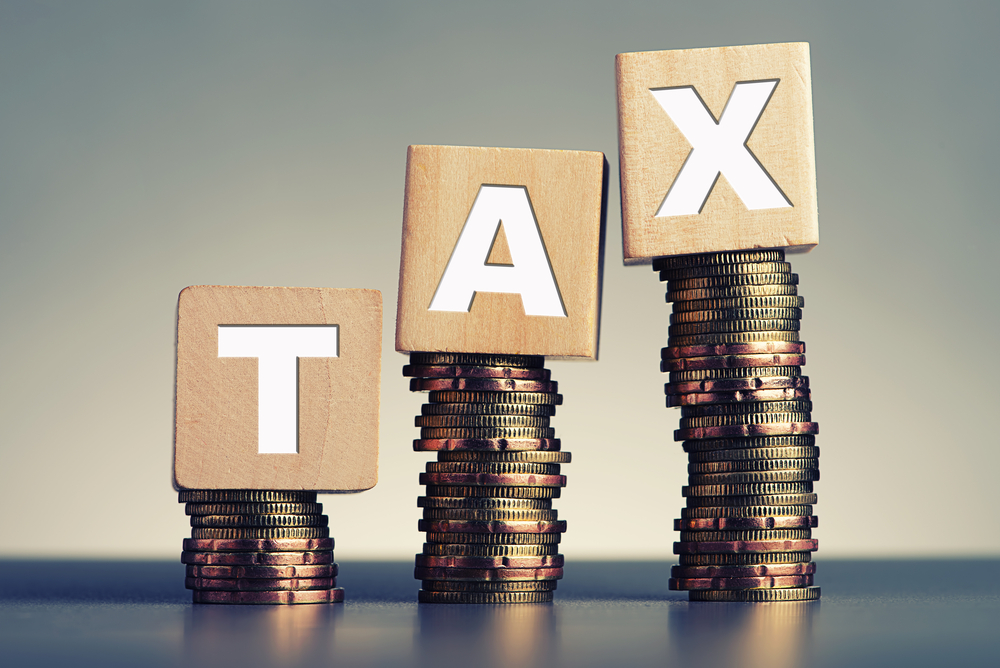
OTTAWA – As the Liberals rush to fulfill their headline election vow to siphon more from the rich to give to the middle class, it remains up for debate just how much the plan will help Canada’s limping economy.
Experts say the Trudeau government should have little trouble meeting its self-imposed Jan. 1 deadline to rejig tax brackets as a way to ease the load on middle-income earners.
On the campaign trail, the party worked hard to sell the plan to voters by stating the economy would grow if middle-class Canadians had more cash in their pockets.
The change, however, has raised questions whether the tax increase would produce as much additional revenue as the Liberals expect, or if it would address income inequality.
It would also make Canada’s highest income bracket one of the most heavily taxed in the industrialized world.
The Liberal plan calls for a new 33 per cent rate on Canadians who earn more than $200,000 per year. The existing top bracket of 29 per cent would continue to apply to those earning between $138,586 and $200,000, and 26 per cent for those between $89,401 and $138,586.
The party also promises to cut the rate to 20.5 per cent from 22 per cent for those with a taxable annual income between $44,700 and $89,401. The maximum annual benefit, it says, would be $670 per person for those with earnings at the top of that middle bracket.
Liberal estimates say the change would lift $3 billion worth of tax burden per year off the backs of middle-income earners. That would be counterbalanced by heaping another $3 billion in taxes on those in the highest income bracket.
Looking at the big picture, the overall economic impact remains less than clear.
Experts say the government would likely rake in less revenue by jacking up taxes on the rich, particularly from financially savvy Canadians whose incomes barely qualify for the top bracket.
Rhys Kesselman of Simon Fraser University said earners near that margin would likely become a little more aggressive on tax planning and with their investment arrangements.
“It is more elastic in both tax planning and tax advising, and legal tax avoidance,” Kesselman said of the highest bracket.
Others believe the Liberal plan would only have a limited effect on the economy.
BMO chief economist Doug Porter said slashing the rate would likely be a positive for the economy because people might work more when they can keep a bigger portion of their earnings. It could also encourage a small uptick in consumer spending, he added.
But Porter noted there are concerns a higher marginal rate, which would creep above 50 per cent when combined with a provincial rate, could discourage foreign investors from coming to Canada as they look to avoid exposing employees to heftier personal taxes.
In 2014, Canada’s top marginal personal income tax rate of 49.5 per cent – combined with provincial taxes – ranked No. 10 among the world’s industrialized countries, according to the Organization for Economic Co-operation and Development. Comparing to those same 2014 rates, the Liberals’ proposed change could push Canada into the top five.
“My concern would be more (that) it’s not going to be much of a calling card for Canada in terms of attracting investment,” Porter said.
For his part, Kesselman said the argument that raising taxes on top earners is a deterrent is “largely overblown.”
Porter also questioned whether it would address income inequality, an issue that he said some argue is not a major problem in Canada.
On Wednesday, government House leader Dominic LeBlanc promised the measures would be in place by the start of the new year.
“Absolutely, no problem – that’s a piece of cake,” Don Drummond, a former senior Finance Department official, said when asked whether it was possible for the Liberals to meet the deadline.
The majority government could enact the changes by introducing a motion in Parliament.
Drummond said the biggest challenge could be getting the new numbers to employers in time for them to deduct the right tax amounts from the first January paycheques.